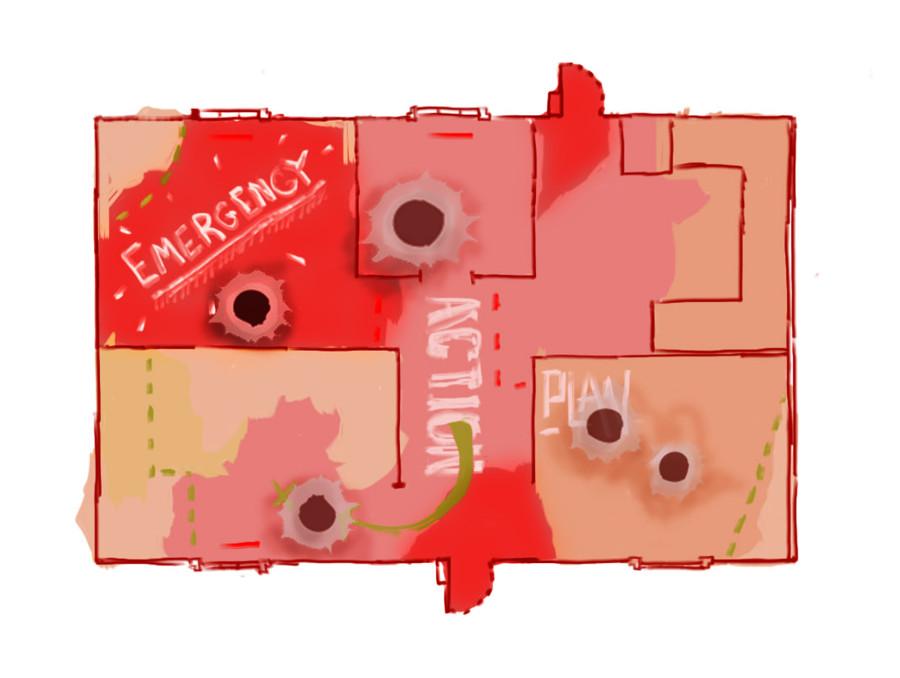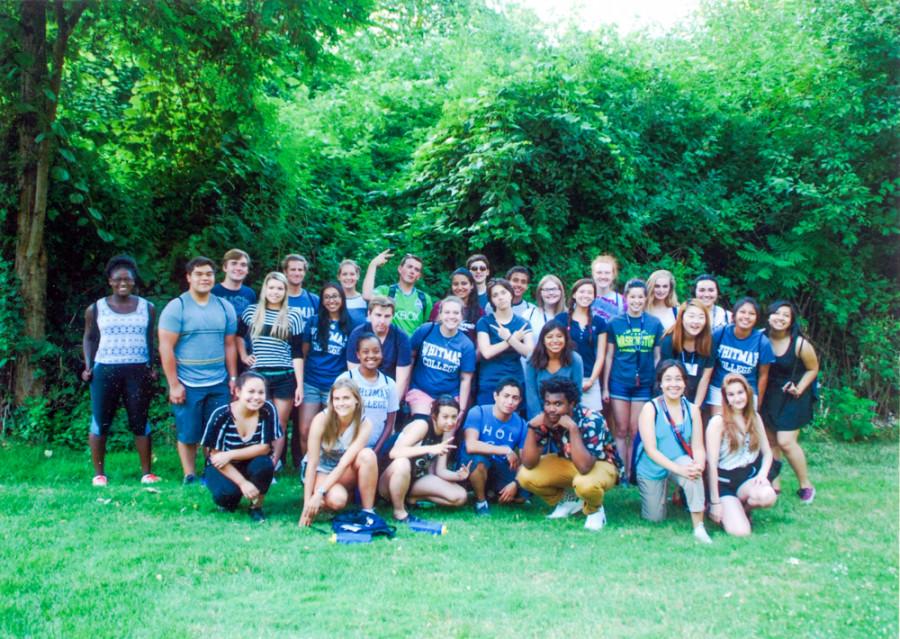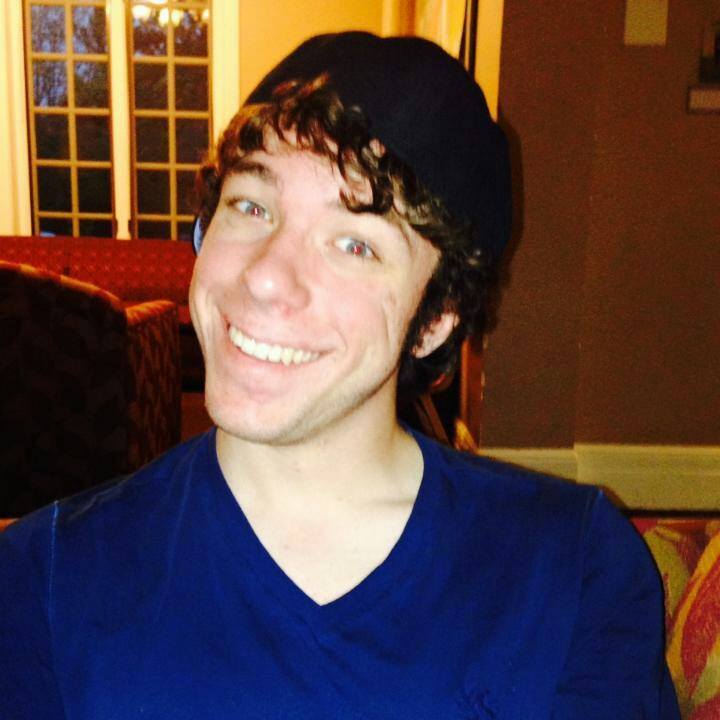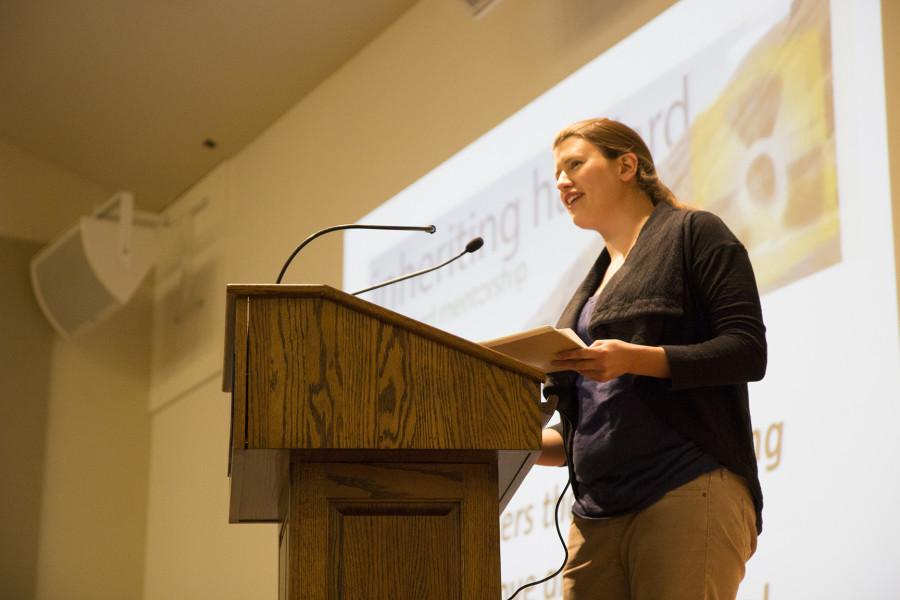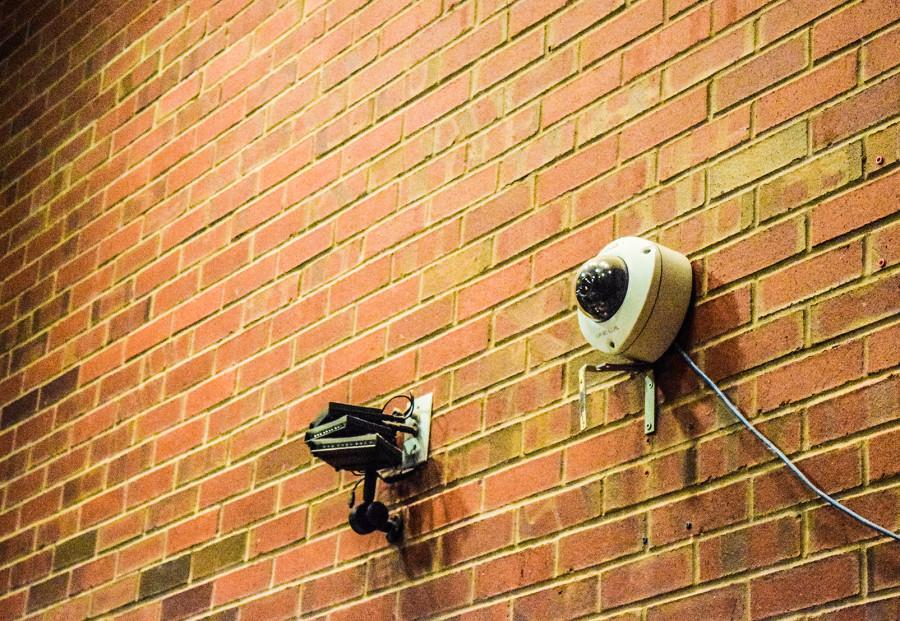
Financial aid was among the top concerns at the Board of Trustees’ meeting this past week. National financial aid expert Sandy Baum presented to the board, faculty and select staff and students to help place Whitman’s current challenges in a national context.
Whitman ranked last on a list measuring socio-economic diversity published by the New York Times this September, leading to protest from students, faculty and alumni. Though protests have ended and the college has made no change to its official policies, it is possible some change may occur when the college’s new president forms a strategic action plan for the next decade, according to Brad McMurchie, chair of the Board of Trustees. In the meantime, discussion of the complexity of financial aid has continued.
Baum, who is a professor at George Washington University and sits on the Board of Trustees at Bryn Mawr College, was scheduled to speak at Whitman’s Board of Trustees meeting months before the New York Times article was published. McMurchie hoped her visit could help trustees and members of the Whitman community learn about the challenges of budgets, tuition and financial aid faced by all colleges.
“The point was not to have her make recommendation to Whitman … [but] more [to learn] what are the questions we should ask ourselves, in light on the national context,” said Dean of Admissions and Financial Aid Tony Cabasco, who was key to arranging Baum’s visit. “My interpretation is that they are all hard choices, and every choice has positives, and every choice has trade-offs.”
With the arrival of a new president next year, Whitman will form a new strategic action plan for how to navigate the next decade. The current action plan was formed by President Bridges in 2005 at the beginning of his time at Whitman.
“The college has been working off of a [strategic] plan that was developed in 2005/2006 that reflects a whole bunch of financial realities that don’t exist at this time,” said McMurchie. “It’s important that as we engage in this planning process next year, that the community comes into it with a sense of everyone being on the same page about these issues … and everybody begins to develop a sense of the terminology and the math.”
A large amount of the discussion following September’s New York Times article focused on the question of need-blind admissions. Schools with need-blind admissions do not take financial need into account when considering whether to admit a student. In 2010, Whitman switched from a need-blind to “need-sensitive” admissions policy, falling in line with the majority of liberal arts colleges. As need-sensitive, Whitman now chooses not to admit students with high financial need if they fall within the bottom 15 to 20 percent of the applicant pool in terms of other admissions criteria such as academic achievement and extracurricular activities.
Advocates for a return to need-blind admissions often argue that not admitting students based on their financial situation is discriminatory. However, Baum’s presentation drew attention to the complex details of financial aid that complicate the idea of need-blind admissions. Nation-wide, few colleges have both need-blind admissions and meet 100-percent of financial need demonstrated by students. Colleges which are need-blind often admit students but then do not provide enough financial aid for them to realistically attend.
“When you say you’re ‘need-blind’ but then you effectively freeze people out or make them take on huge burdens to come here, I’m not sure if that’s necessarily a better moral choice [than being need-sensitive and trying to meet more need of students who are admitted],” said McMurchie.
Not meeting all of students’ demonstrated financial need, a process called “gapping,” was used by Whitman before 2010. Though its track record has improved, Whitman still does not meet 100 percent of students’ demonstrated need, though several of its peer institutions, including Kenyon College, Macalaster College and Occidental College, do. The reason for this difference is difficult to trace, though according to McMurchie, two factors may be the differences in colleges’ spending priorities and the ability of some colleges to appear to meet financial need without fully addressing that problem.
According to Baum, there are several methods which colleges may use to technically meet 100-percent need without increasing aid to students. One means is to change the calculation of student need such that a lower number is produced, erasing the gap from statistics while not providing more aid for students. Colleges may also recruit primarily at wealthy high schools and not at all in low-income areas, to attract a wealthier student body which requires less financial aid to begin with. Finally, unmet need may be hidden by adding large loans to financial aid packages, which technically decreases unmet need but still requires students to eventually pay the same amount. While The Pioneer cannot determine at this time how much Whitman engages in the first two of these methods, its financial aid packages tend to include more grants than many other schools’.
Despite not meeting 100 percent of need for all students, options open up for students once they have made the decision to attend Whitman. First-year Ludmila de Brito, an international student from Brazil, benefits from a college policy that guarantees international students (with the exception of Canadians) 100 percent of their demonstrated need. But de Brito discovered after coming to Whitman that the financial aid she received was not enough, despite the fact that she works two jobs. She went to the Office of Financial Aid to explain her situation, and they reduced her family’s expected contribution in response.
“[The financial aid office] re-evaluated the financial aid and realized that that was impossible, that I was doing my best to stay and I also needed help,” de Brito said. “So they were really nice, they were really understanding, but … sometimes that can be hard, to go and ask for help.”
Still, the financial aid office is constrained by its budget. Whitman’s budget shows the college has increased spending on everything from new faculty and facilities to administrative staff and groundskeeping. Financial aid receives a slightly larger cut of the budget today than it did a decade ago, but the majority of all increases in spending has come from increases in tuition and student fees.
“Many colleges are struggling with some of the same questions that Whitman is struggling with. There are choices that have to be made, and different institutions make different choices,” said Baum. “Whitman spends less on financial aid than some other institutions do, and there is a choice [there]: If you spend more on financial aid, then you’re going to have more deferred maintenance on your buildings, you aren’t going to hire new faculty, and there are a range of choices made by different institutions.”
Another contentious aspect of financial aid is the use of merit scholarships in order to attract wealthy students who would otherwise not be eligible for any aid. At present, about 13 percent of financial aid provided by the college goes in the form of merit scholarships to students who did not apply for need-based aid, according to the Department of Institutional Research. Those students represent around 33 percent of all recipients of financial aid. That percentage has risen precipitously with the adoption of need-sensitive admissions: Non-aid applicants represented only 25 percent of aid recipients in 2010.
“What’s going on in the industry is that colleges are competing a lot to get students from each other, and that’s one of the explanations of why there’s so much non-need-based aid out there –– they’re paying students who can afford to come [with competing merit scholarships]. It’s a difficult thing for one institution to fight on its own, but it would be better if that were not happening,” said Baum.
Though issues of financial aid promise to be much more complex than the question of need-blind versus need-sensitive, some feel a return to need-blind admissions may still provide an important symbolic commitment by the college to prioritizing financial aid.
“Certain things online indicate whether you get to go to a school or not,” said junior Ashley Hansack, a first-generation student and member of FGWC club. “I feel like they are trying to do their best, but it’s hard not wanting that statement to be need-blind again, even if it doesn’t do much or change the numbers as much.”
Cabasco acknowledges this problem, but believes that the benefits of ending need-blind admissions outweigh the costs.
“Need-sensitive admission has impacted the number of students to some degree. The data clearly shows that,” he said, referring to 2011’s dive of over 15 percent in admission of students with high need, a change that has yet to be reversed. “I think part of the approach was that even though we’re going to have a slightly [smaller] number of [applying] students, we hope that we can do a better job at meeting their financial need and giving them better financial aid packages. We could admit more students, but … the scholarship dollar amount is going to make it challenging to try to give those students a good financial aid package.”
According to McMurchie and Cabasco, when decisions are eventually made, they will be constricted by the college’s financial realities, alongside the trustees’ determination of the college’s values and priorities.
“It’s a cold hard reality that we can’t do everything, and to the extent that we value one thing more than another, there will have to be sacrifices made in another area. I don’t know what that area is. I’m not even prepared today to say we’re doing it wrong,” said McMurchie. “I am prepared to say that we need to understand better what we’re doing, we need to understand our values better, and make sure that how we’re doing it is a reflection of those values.”





